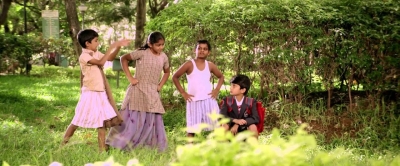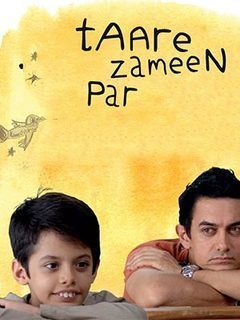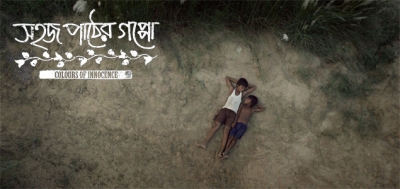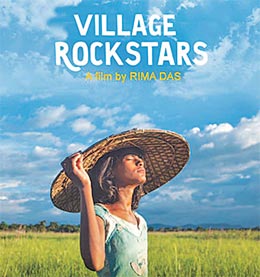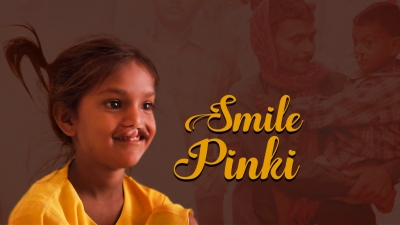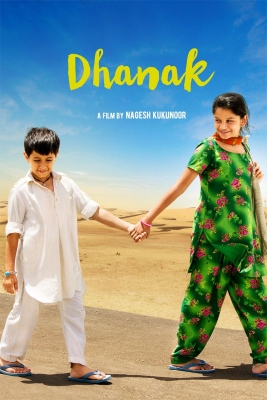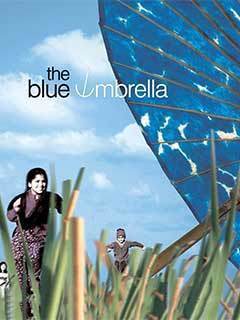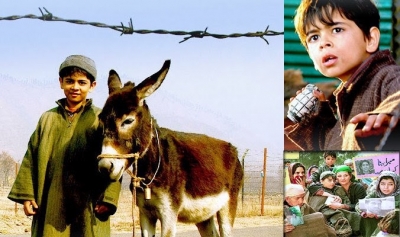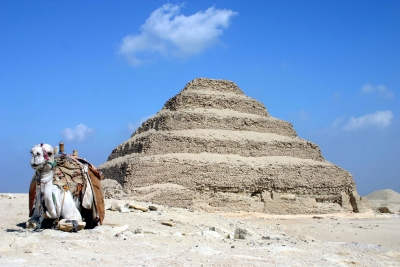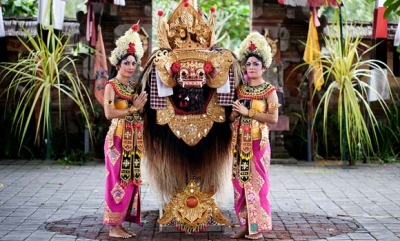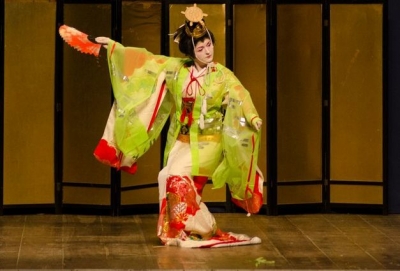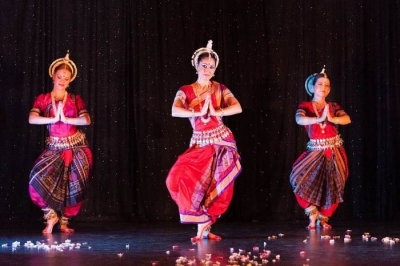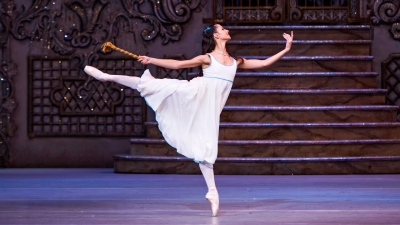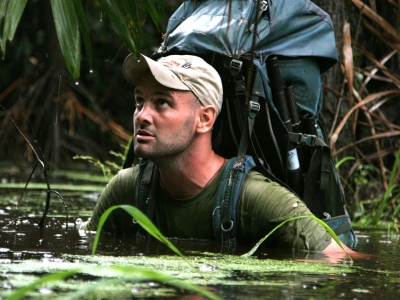
Somewhere deep inside the Peruvian jungles of the mighty Amazon, Ed Stafford found a purpose to his life. Facing gun-toting tribes and predators, he became the first man to walk the 6,400 km length of the river.
A strong desire to discover his true self pushed Stafford towards the extreme adventure. Leaving behind a potentially lucrative career as a stockbroker in England, he delved deep into the darkness of the Amazon and emerged as one of the bravest explorers of the 21st century.
Here’s a brief account of his life and his hair-rising adventures:
Off the beaten track
When a young Stafford attended career counseling sessions at his school, he was told that a career as a logistics manager suited him best. And so, Stafford spent the rest of his life proving them wrong.
He liked the outdoors and joined the British Army. After retirement, he planned to become a stockbroker, like most of his colleagues.
On a whim, he joined an organization conducting expeditions and volunteering programmes for young people.
Thrilled with the experience, Stafford decided never to go back to work in London and instead, set out looking for more adventures.
He was eager to go on a kayaking expedition but everything seemed to have already been done. No one, however, had ever attempted to walk the length of the Amazon.
The Amazon rainforest
Along with his friend, Luke Collyer, Stafford began his expedition on April 2, 2008. The journey took 860 days, much of it hacking through the jungle with a machete and surviving on geckos, insects and fish. Stafford blogged and filmed his deadly journey.
Halfway through, his partner abandoned him and Stafford ran out of money (his sponsors pulled out due to recession). He appealed to his viewers to fund the rest of his expedition and help poured in.
Left on his own, Stafford stoically trod through the jungle without any maps or even a Global Positioning System (GPS) – he had carried a GPS device but it stopped working. Close encounters with jungle predators, flesh-eating maggots and poisonous snakes tested his survival skills. Once, he was arrested for alleged murder by the Shipebo tribe. They had mistaken him for someone else, and refused to consider his passport as an identity proof. They insisted that it was fake as it was not ‘personally signed by the Queen.’
The two-year-long journey, which finally came to an end in August 2010, helped Stafford find his passion.
A way of life
But Stafford’s thirst for adventure was not yet quenched. His subsequent adventures included surviving on an uninhabited Fijian island. For 60 days, he lived without food, water or survival equipment of any sort. The resulting series aired on Discovery Channel in 2013. Two follow-up series saw him marooned in a different location each episode – from the Gobi desert to the jungles of Borneo. In 2015, he explored the Danakali Desert in Ethiopia, the hottest place on Earth.
In 2019, Stafford went on another epic adventure, this time with his fellow adventurer and wife, Laura Bingham, and their two-year-old toddler in a remote island in Indonesia.
Recognition
His intrepid adventures earned Stafford the European Adventurer of the Year award in 2011 and the Mungo Park Medal by the Royal Scottish Geographical Society in recognition of outstanding contributions to geographical knowledge through exploration. Following this, the Guinness World Records formally recognized Stafford’s achievement in walking the length of the Amazon. He appears in the 2012 Guinness Book of Records.
Wanting to encourage other explorers, Stafford is now a trustee of the Transglobe Expedition Trust, a body that gives grants to expedition leaders. He is also an ambassador for the Scouts and a patron of the British Exploring Society.
Oh Really?
- Stafford has written a book, Expeditions Unpacked, that reveals what great explorers such as Captain Scott and Roald Amundsen took with them on their journeys into the unknown.
- He meditates frequently. Even in a life-threatening situation. Stafford finds that closing his eyes for a few seconds and clearing his mind, helps him in responding to the emergency.
Picture Credit : Google
